Table of Contents
Introduction to Seasoning Chicken
Properly seasoning chicken is the foundation of flavorful dishes, yet many home cooks struggle with achieving consistent results. This guide provides a science-backed approach to seasoning chicken for every cooking method, eliminating guesswork and maximizing taste. We'll cover precise techniques, ingredient ratios, and professional tips used by chefs worldwide.
Step-by-Step Seasoning Guide
Follow these evidence-based steps for perfectly seasoned chicken every time:
- Prepare the Surface: Pat chicken completely dry with paper towels. Moisture prevents seasoning adherence and inhibits browning.
- Apply Oil Base: Lightly coat with neutral oil (1 tsp per pound). This creates an adhesive layer for dry seasonings and promotes even cooking.
- Season Strategically: Use 1.5 teaspoons of dry seasoning per pound of chicken. Apply evenly with fingertips for full coverage.
- Rest Period: Allow 15-30 minutes for flavors to penetrate before cooking. For tougher cuts, refrigerate up to 24 hours.
- Final Touch: Add fresh herbs or citrus zest after cooking for bright, aromatic notes.
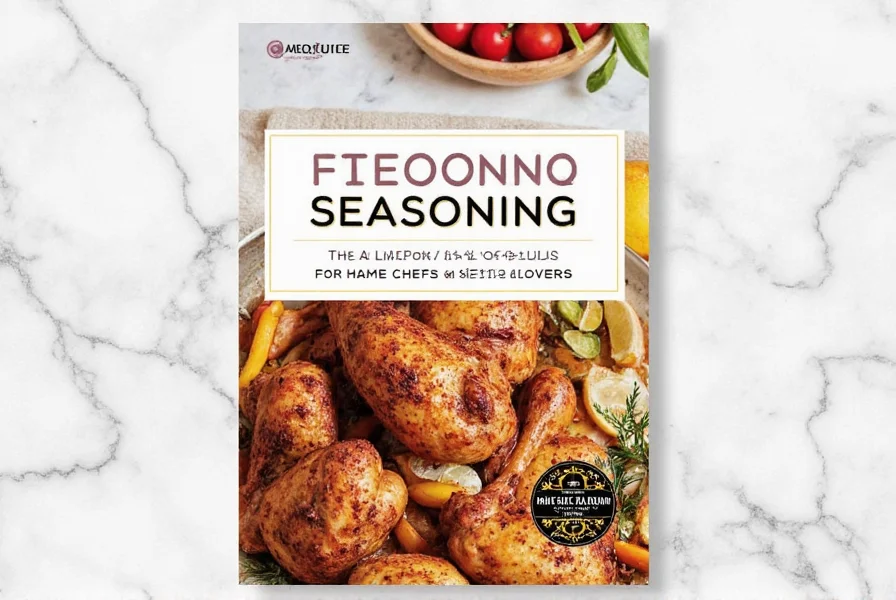
Seasoning by Cooking Method
| Cooking Method | Optimal Seasoning Ratio | Key Ingredients | Special Techniques |
|---|---|---|---|
| Grilling | 1.8 tsp per pound | Smoked paprika, garlic powder, brown sugar | Apply 30 minutes before cooking; brush with oil during grilling |
| Baking/Roasting | 1.5 tsp per pound | Thyme, rosemary, lemon zest | Place under skin for maximum flavor penetration |
| Frying | 2.0 tsp per pound | Cayenne, onion powder, mustard powder | Double-dip in seasoned flour for crispy crust |
| Sous Vide | 1.2 tsp per pound | Bay leaf, allspice, fresh herbs | Season before vacuum sealing; add fresh herbs after cooking |
Homemade Seasoning Blends
Create restaurant-quality flavors at home with these simple recipes:
- Classic Poultry Blend: 2 tbsp dried thyme, 2 tbsp dried sage, 1 tbsp dried rosemary, 1 tbsp dried marjoram. Perfect for roasted chicken and turkey.
- Spicy Cajun Mix: 3 tbsp paprika, 1 tbsp cayenne, 1 tbsp garlic powder, 1 tbsp onion powder, 1 tbsp black pepper. Ideal for grilled or fried chicken.
- Lemon-Herb Fresh Blend: 2 tbsp dried lemon peel, 1 tbsp dried parsley, 1 tbsp dried dill, 1 tsp dried tarragon. Best for baked or poached chicken.
- Mexican Fiesta Blend: 2 tbsp chili powder, 1 tbsp cumin, 1 tbsp oregano, 1 tsp cocoa powder. Perfect for tacos or fajitas.
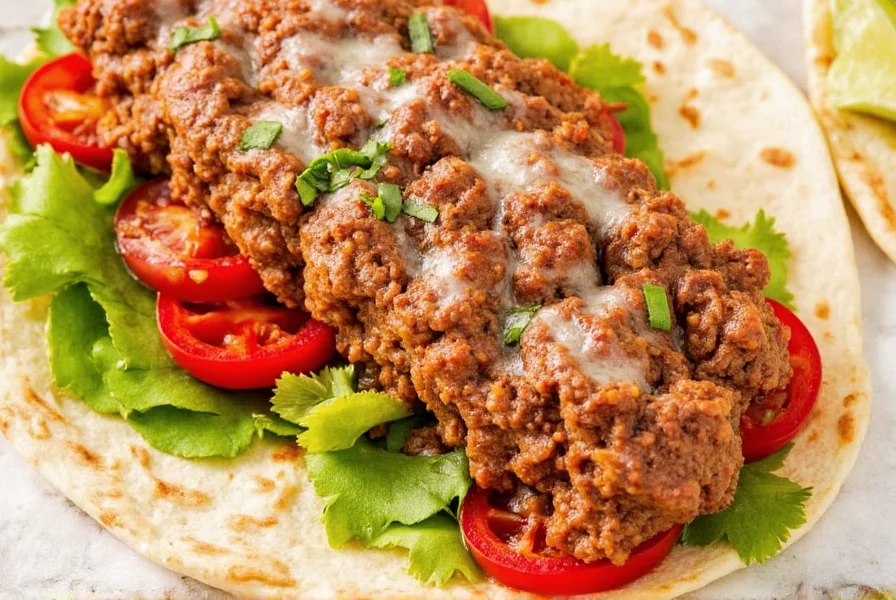
Frequently Asked Questions
How much salt should I use in chicken seasoning?
For balanced flavor without excessive sodium, use 1/2 teaspoon of salt per pound of chicken as part of your dry seasoning blend. Always taste before adding extra salt - many spice blends already contain salt.
Can I use chicken seasoning on frozen chicken?
Never season frozen chicken directly. Thaw completely first, then pat dry before applying seasonings. Seasoning frozen chicken results in uneven flavor absorption and poor texture.
How do I prevent seasoning from burning during cooking?
For high-heat methods like grilling or frying, avoid sugar-based seasonings directly on the surface. Apply sugar-containing blends during the last 5 minutes of cooking or use a sugar-free blend for initial seasoning.
What's the best way to store homemade seasoning blends?
Store in airtight glass containers away from heat and light. Most blends maintain peak flavor for 6 months. Label with preparation date and refresh with new herbs annually for optimal taste.
Why does my chicken seasoning taste bitter?
Bitterness usually comes from over-roasted spices or using old herbs. Toast whole spices before grinding for deeper flavor, and replace dried herbs every 6-12 months. Avoid using burnt spices or excessive amounts of strong herbs like sage.
Conclusion
Mastering chicken seasoning transforms ordinary meals into extraordinary experiences. By understanding the science behind flavor absorption and applying these precise techniques, you'll consistently achieve restaurant-quality results. Remember: proper preparation, accurate measurements, and method-specific adjustments are the keys to unlocking chicken's full flavor potential. Start with these foundational principles and experiment confidently - your taste buds will thank you.
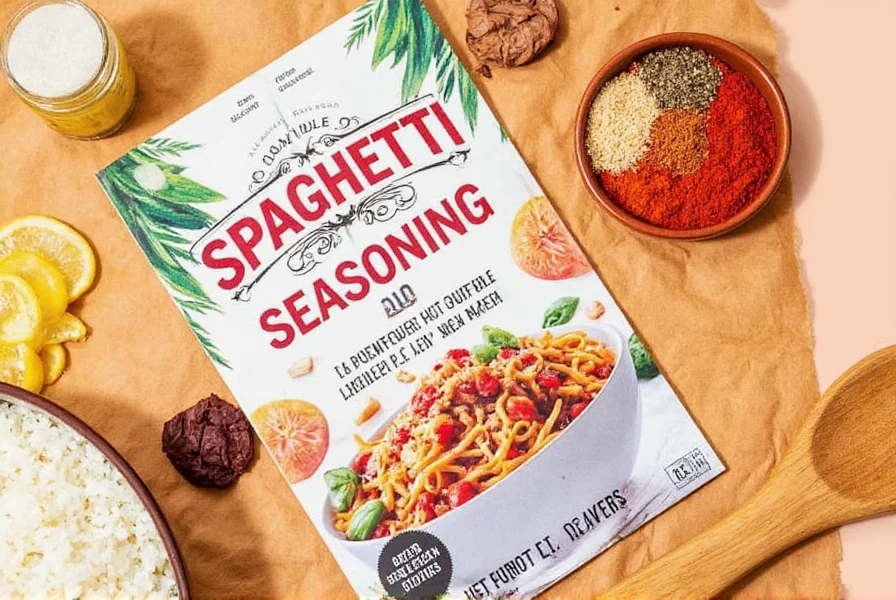
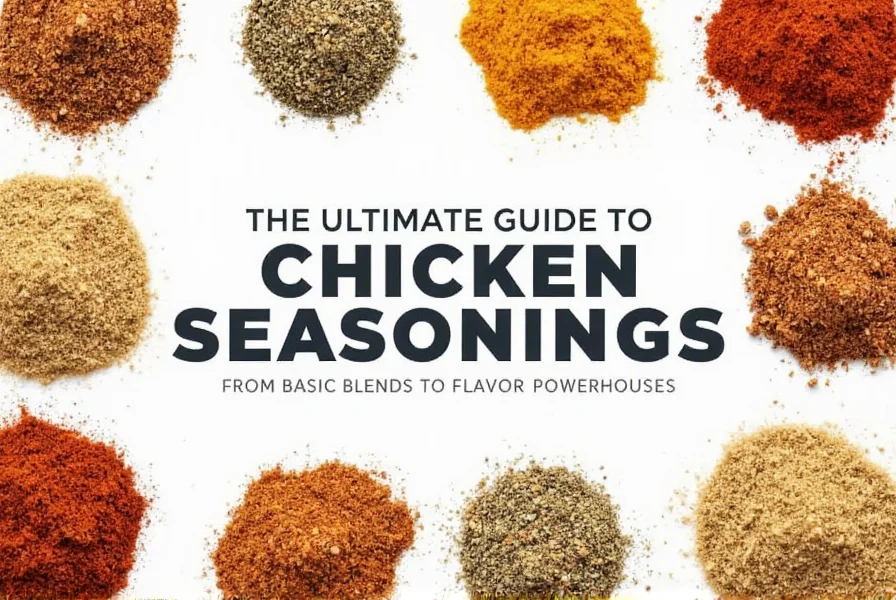


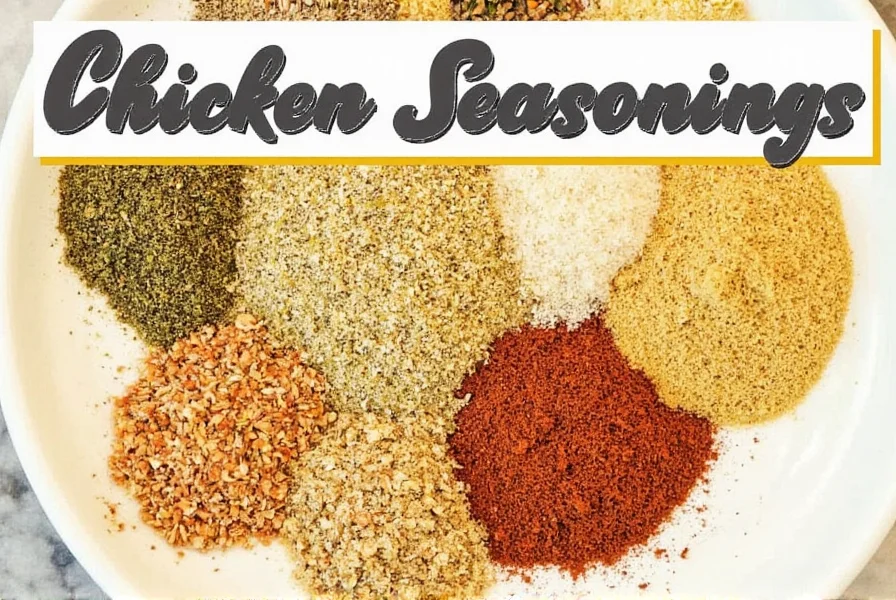









 浙公网安备
33010002000092号
浙公网安备
33010002000092号 浙B2-20120091-4
浙B2-20120091-4